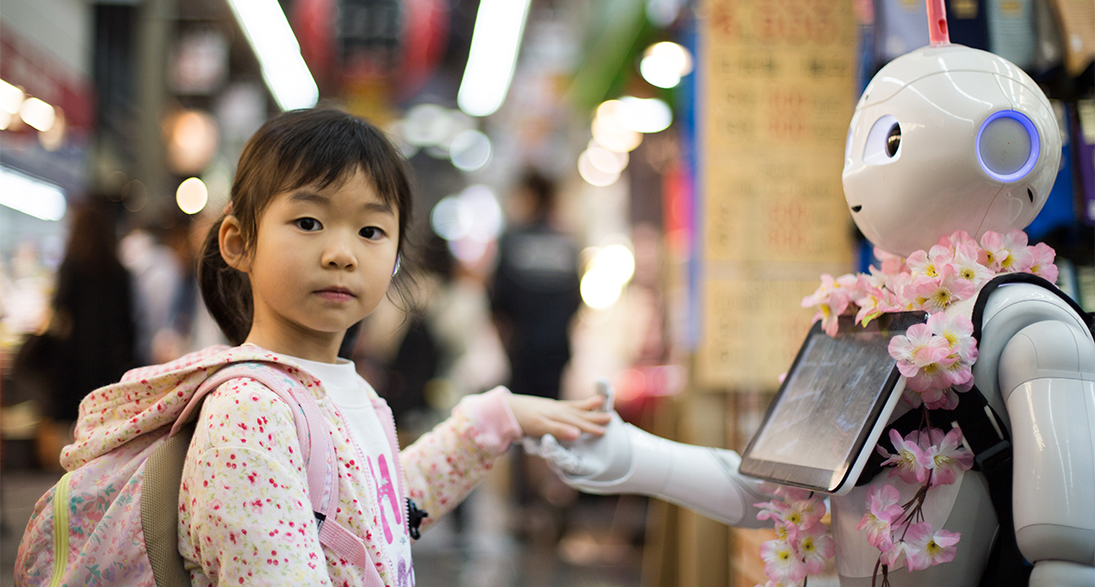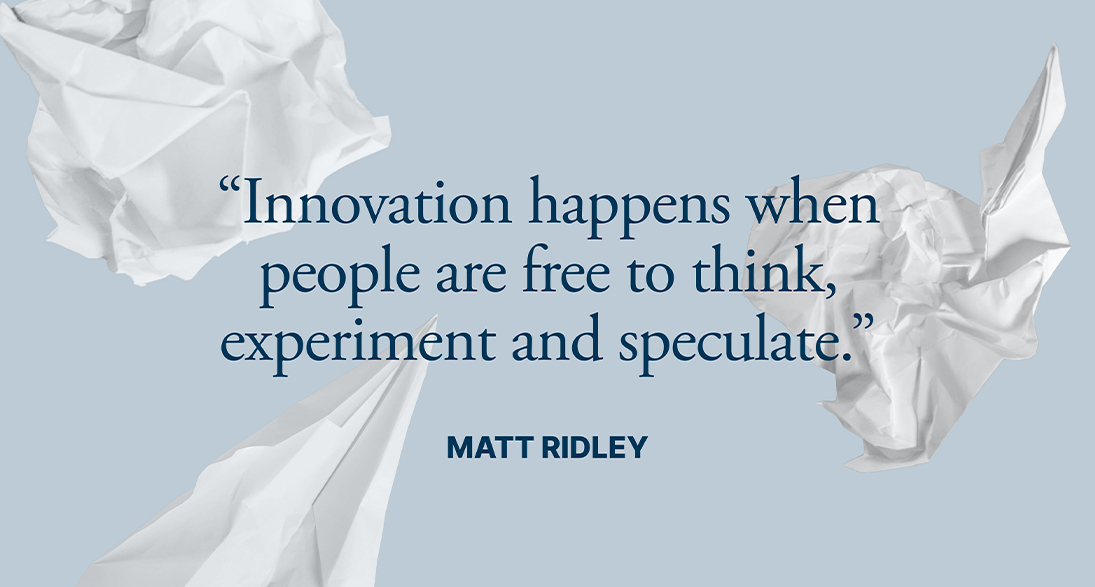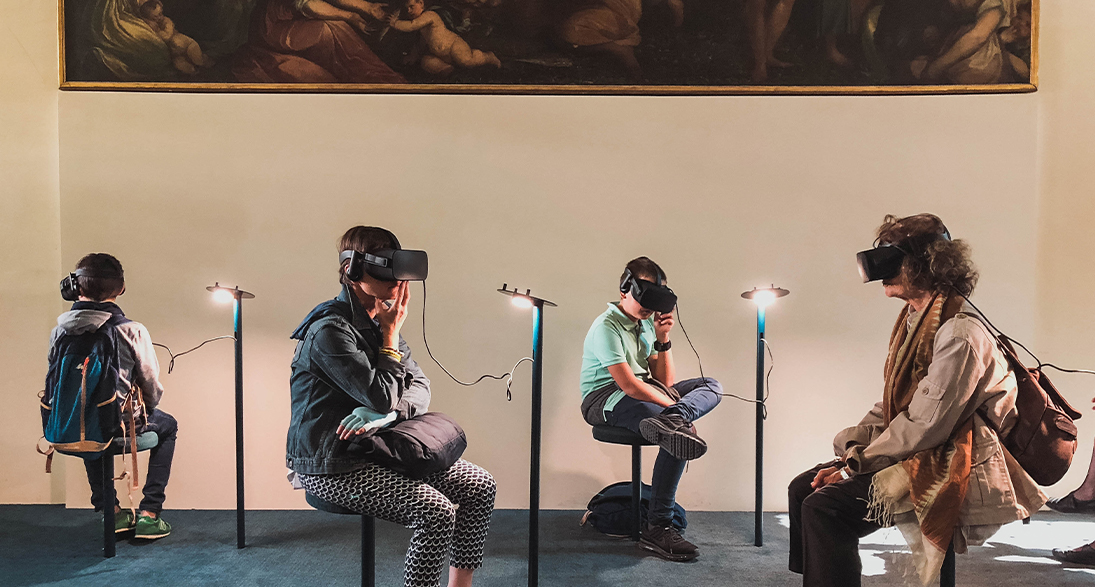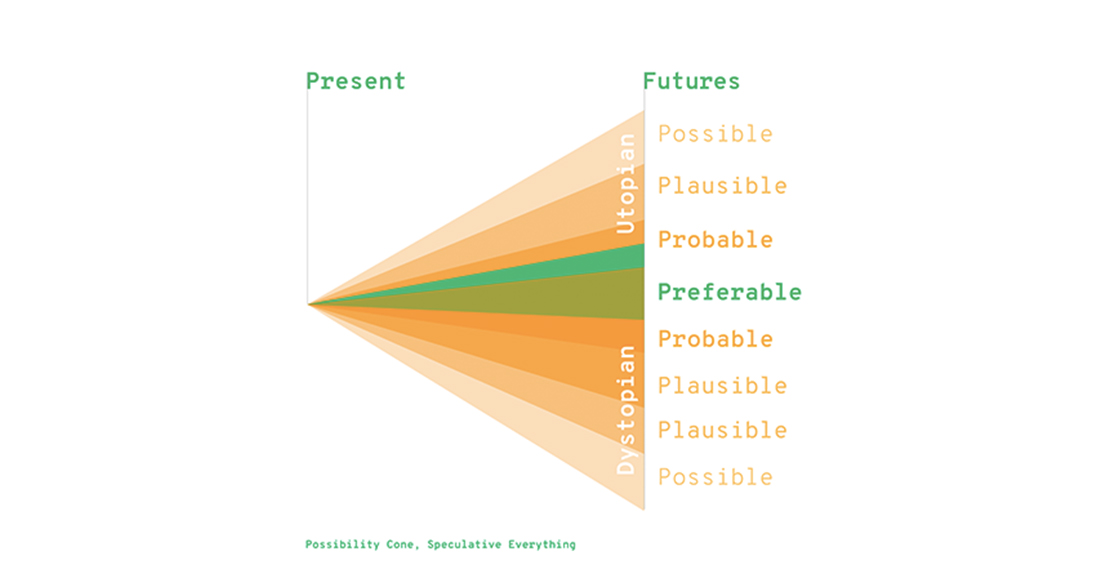A SERVICE DESIGNER WALKS INTO A SUPERMARKET: A FUTURES THINKING APPROACH

2023
Let’s be honest, walking into a bar would be more intriguing - especially since the holidays are approaching fast, but then again.. we need to keep it real, the supermarket is literally as fun for the Millennials, as a bar for Gen Z.
So, our story unfolds in 2033, 10 years from today, on Christmas Eve. The main character is a service designer - me - so follow me to explore together this future reality.
Last-minute grocery shopping seems to be my thing, so I find myself driving to the local hypermarket, on my way back from work, just a few hours before our family festive dinner. I enter the private parking lot and park my car, as I notice a camera logging my car’s exact spot. My smartwatch advises me to get a shopping cart because “it seems you are going to need it today”. I grab one of the carts - who am I to question the insights from my past in-store behaviours - and pair it with my mobile (yes, if you are new here, the cart acts like a smart device).
My smartwatch suggests heading to the 1st floor, based on the data retrieved from my Christmas Eve visit last year, when I literally almost flirted with a downgrade to the basic tier of my membership. In case you are wondering – I am too - it seems that I did spend around 15 minutes to select the perfect Christmas napkin and 20 more minutes to choose 7 “Mr. Men Little Miss” books for my nieces, something that inevitably resulted in an unfortunate event: the milk I had collected in my cart from the ground floor, reached room temperature. I do not remember this, but apparently the supermarket does, since it collects information from my past purchases, but also from the cart itself, the one that relentlessly beeped a year ago to let me know that a carbon box “probably milk” is about to reach room temperature.
Half an hour later, I find myself at the aisle with the savoury products wondering which one I should select for tonight’s cheese board. I interact with the virtual assistant on my cart’s screen to ask for advice on savoury products selection and on what to do if one of my guests is lactose intolerant. I grab the goggle to browse through different cheese, fruit, and nut options, until I finally decide to create a custom-made bundle to surprise my guests and match their preferences. I add it virtually to my cart (I love the gliiing sound my cart’s screen makes every time a virtual product is added). Next stop, wine selection! I snoop into what other people bought today based on their cart activity and checkout data (physical shop and eshop), check reviews for the most popular and eventually select the one.

Photo by Andy Kelly on Unsplash.
My nieces will spend the night, so I need to buy cereal. I explore via an AR visualization the product’s nutritional information and ingredients, while I search by brand to check if I can also purchase cereal bars from the same brand.
When I finally reach the checkout area, my smartwatch vibrates, reminding me that I have forgotten the sparkling water, as my parents texted me a few hours ago while I was at work; I had completely forgotten about that, that was close! I tap on my smartwatch’s screen and an employee brings the product I selected, a few moments later, right on time for the checkout. No need to waste time searching among the aisles, right?
During checkout, I just have to scan my cart and pay – for the virtually added products as well. I head back to my car and an employee is waiting for me with the cheese board bundle box I chose earlier. He helps me to load the car and leaves. I add a tip for him using my app with a single tap using the wallet, redeeming my earned points.
The above storyline can be considered as a future-thinking narrative portraying a possible future state of the experience a consumer will have when visiting a supermarket 10 years from today. It was formulated as part of a time-limited speculative design activity, that focused more on a preferable future (I will provide shortly more context on what “preferable” means in this case).
But what is speculative design and what’s the value it brings to businesses?

Photo by Matt Ridley on Unsplash.
Speculative design is a methodology for training one's ability to look to the future and explore complex problems – and this is exactly why it is linked with innovation. Working with speculative design helps us explore new perspectives and gives us tools and support to use our imagination to both imagine and shape possible futures.
Organisations, like Google and Apple, have long ago embraced the value of speculative design into their everyday work mechanics, by properly training and motivating cross-functional teams to speculate on various futures as a side-project. This future design thinking approach led to products, such as Google Maps, Gmail or the first iPhone.
In the above narrative, we chose to focus on a set of observations and discover - through the narrative - how the below conditions may affect and influence the future of grocery shopping in the brick-and-mortar. More specifically:
We tap and pinch and double tap our way through life.
We nourish and cultivate our digital savviness from a very young age. We’ve recently spent a couple of years with on-and-off lockdowns, communicating with other people solely through digital interfaces. We are used to digesting information and news via digital means on a daily basis. We have developed a cognitive subconscious urge to pinch a piece of paper in order to zoom-in and tap or double-tap on post-its and non-digital signage to read more. It has happened to you, right? It’s hilarious and at the same time, it’s not!
We are becoming more receptive towards immersive experiences.
We have moved from the phygital world - this has become the default at this point - into a world that uses all of our senses to inform us, entertain or delight us, save us time and effort. But are immersive experiences what we need at all times and how far these experiences can go without invading our personal space?

Photo by Lucrezia Carnelos on Unsplash.
Multichannel consumer data collection and public cameras.
Following consumers through their journeys, regardless of the phase of the customer lifecycle or the channel / touch point they are interacting with, is possible today. A public camera may provide useful audiovisual data; it is critical to establish the fact that this can help find a lost kid around the supermarket area and, at the same time, spy over any of us. Evidently, it becomes important to speculate the probable use cases that might arise if such technology becomes mainstream and build rules, ideas and/or safeguards around them, in order to ensure a preferable future.
The above is supplemented by the fact that consumers have progressively less time to spend around (#1 CX currency is time), as well as their urge to search, filter and sort their way through physical spaces as if they were in a digital one (e.g., “I need to find the X product, I need you to show me all the X brand’s products within the physical store”).
A dystopian possible future
The above storyline is not the only possible future; it’s just one of the many futures we may choose to explore.
Having said that, a couple of years ago, a group of postgraduates (LCC, UK) chose to explore a more dystopian future of food and our evolving relationship to it. Their speculative project (Supermarket 2030) explored a world in which eating healthy becomes a social responsibility and strict governmental regulation drastically change the way we shop in supermarkets. Advertising becomes obsolete, junk food is banned, and sustainable products become more accessible.
In their future narrative, they address child obesity and how the future of food and grocery shopping may be affected, not by directly talking about it, but by creating instead an actual space and accompanied artefacts to facilitate a discussion. Following a world-building exercise, the team displayed a life-size (full-scale) prototype of a supermarket corner where products are, firstly, de-branded and, secondly, re-worded in terms of messaging, in order to cultivate honesty and transparency. This was informed through interviewing and shadowing the Youth where they expressed the need for more regulation on food.
The project was tested and then iterated, to amplify eventually the following aspects:
- Health First: By colour coding and classifying the products as whole foods, processed foods, and ultra-processed foods — to invoke discussion on what is healthy and what is not.
- Planet First: By making it a government mandate for companies to highlight a carbon footprint on the product, but on the receipt as well.
- Civic Duty: By providing transparent shopping bags to let passersby shame individuals for buying unhealthy food. This was done to encourage collective responsibility and therefore a community’s wellbeing over individual.
The project created a great opportunity to discuss actions that should be taken today, using functional fiction, provocation and problem finding as guiding principles for the future thinking.
The role of speculative design in future thinking
Futures thinking provides a range of techniques to help you think about the drivers of change that are shaping the future and explore the implications of these for making decisions today – not only about what to do, but how and when to do it.
Speculative design helps us paint a “future” that is extrapolated from current reality, bringing in a kind of foresight in a really valuable way. It creates spaces for discussion and debates about alternative ways of being, inspiring and encouraging people’s imaginations to flow freely.
It is fundamental to all services and products we design. We should stop thinking in a short-term way. It is also against idealistic thinking. Idealistic thinking is one thing, but what if it fails? Many problems in the past have been created because of our good intentions. What if we don’t know how to predict humans? We tend to idealise what the future may bring, forgetting about the fact that we, as human, are deviants - we are going to do things that you don’t expect us to do. You can’t really prepare for everything, and you can’t expect that it’s gonna go the only way that you see it. We must explore these various different futures.
The below illustration visualises the different futures we may work on - utopian or dystopian ones.

- Probable future describes what is likely to happen unless there is some extreme upheaval, such as a financial crash, eco disaster, pandemic or war.
- Plausible future is the space of what could happen - it is not about prediction but focuses on exploring alternative economic and political futures to ensure an organisation will be prepared for and thrive in a number of different futures.
- Possible future is the future state where science fiction and social fiction mostly thrive. This is where the future deviates mostly from current reality.
- Preferable future intersects the probable and the plausible. It is those we positively hope for and work to create. It is based or derived from our dreams and aspirations. In this type of future, we are not predicting the future; instead, we are facilitating discussions and debates on all sorts of possibilities.
What the future may bring
Dreams are powerful. They are repositories of our desire. They animate the entertainment industry and drive consumption. They can blind people to reality and provide cover for political horror. But they can also inspire us to imagine that things could be radically different than they are today, and then believe we can progress toward that imaginary world.
Abstract from Speculative Everything, a book by Anthony Dunne & Fiona Raby.
The truth is that we don’t know - we don’t get to know, the future is something that we cannot realistically predict. Using design, though, as a means of speculating how things could be, at all levels of society, and exploring alternative scenarios, reality itself will become more pliable. And, although precise predictions about the future are elusive, we will be able to actively contribute to shaping it by implementing measures today that enhance the likelihood of more favourable futures. Equally, factors that may lead to undesirable futures can be spotted early on and addressed - or at least limited.
Design speculations can act as a catalyst for collectively redefining our business relationship to reality and one of the (many) tools we have to ensure innovation.
